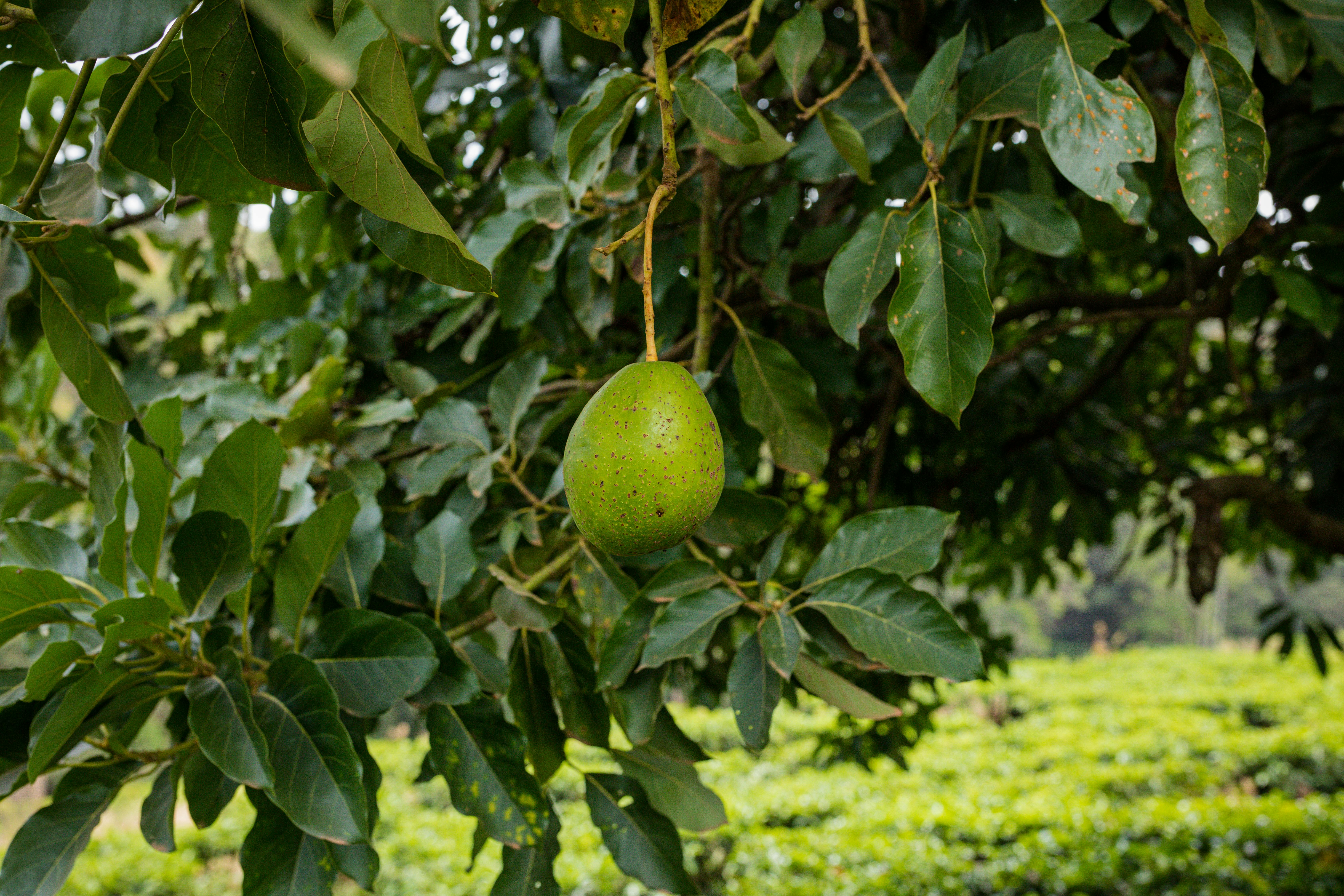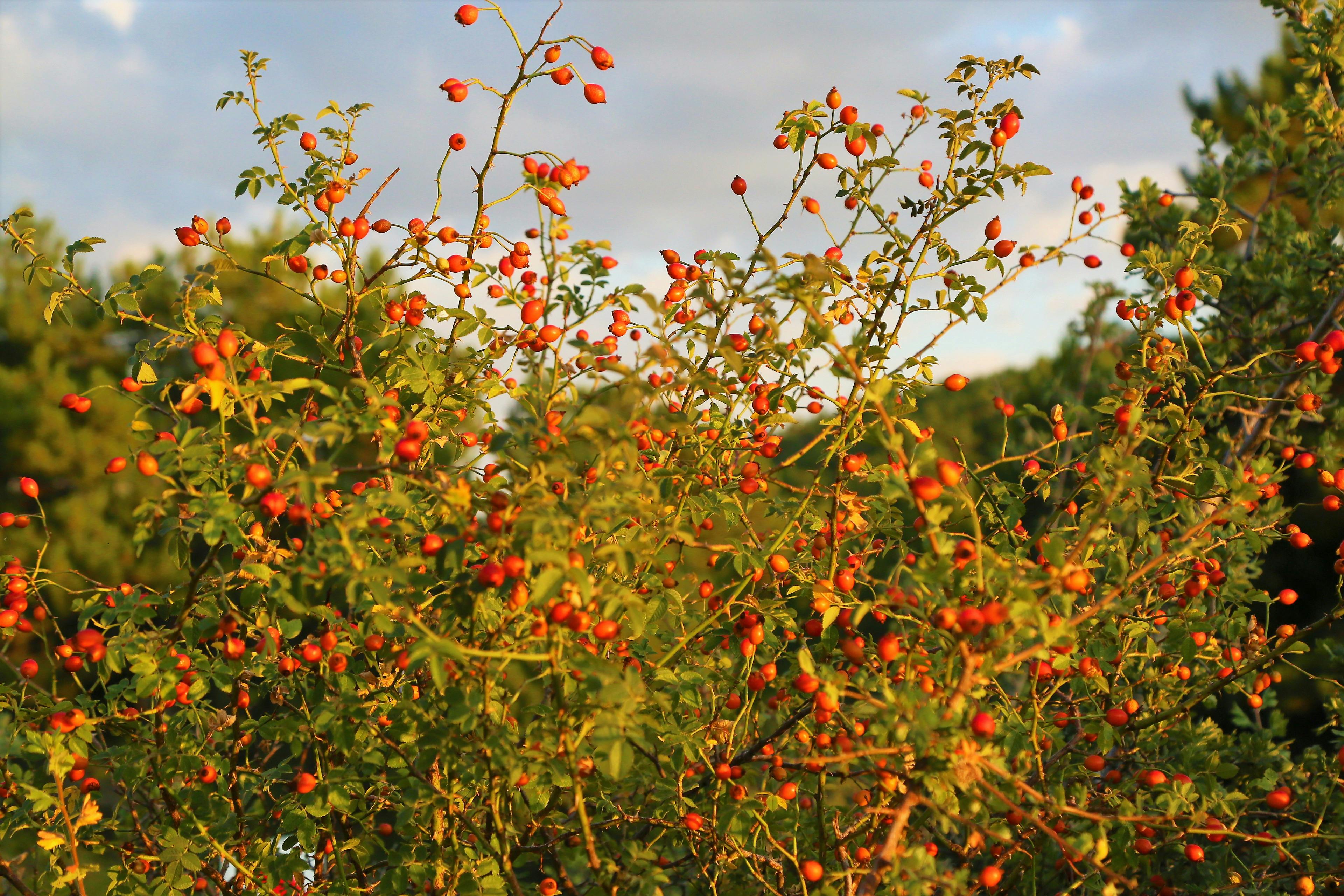Avocado trees are an increasingly popular addition to many gardens around the world. They produce delicious, nutritious fruits that can be eaten fresh or used in a variety of recipes. But how long does it take for an avocado tree to bear fruit? This article will provide an overview of the timeline for an avocado tree to produce its first harvest and discuss other factors that can impact this process.It typically takes an avocado tree between 4-13 years for it to bear fruit, depending on the variety of avocado tree.
Factors That Influence Avocado Tree Fruiting Time
Fruiting time of an avocado tree is determined by a variety of factors, including the type of tree, environmental conditions, and the fertility of the soil. Different types of avocado trees produce fruit at different times throughout the year. For example, some varieties may bloom in late spring or early summer while others bloom in late summer or fall. Additionally, environmental conditions such as temperature and rainfall can affect when an avocado tree produces fruit. If temperatures remain too high for too long during the blooming season, it may cause the flowers to drop off before they have a chance to be pollinated and develop into fruit. Lastly, soil fertility can play an important role in when an avocado tree produces its fruit. Soils that are rich in organic matter and nutrients provide avocado trees with the necessary ingredients to produce healthy and productive fruits.
In order for an avocado tree to produce its fruit at its optimal time, it is important that all these factors are taken into consideration when planting and caring for the tree. By understanding how these factors affect fruiting time, you can ensure your avocado trees are producing their maximum yield each year.
The Average Time It Takes for an Avocado Tree to Bear Fruit
Avocado trees take several years to bear fruit, but the time frame can vary greatly. Generally, it takes anywhere from four to thirteen years for an avocado tree to bear fruit depending on the variety and the conditions under which it is grown. The average time from planting a seed or grafting a young tree until it bears a crop of avocados is between seven and ten years.
The amount of time it takes for an avocado tree to bear fruit also depends on the growing conditions. Trees grown in areas with more mild climates tend to produce their first crops sooner than those grown in areas with colder temperatures or short growing seasons. In addition, trees that are well cared for with plenty of water and fertilizer will be more productive than trees that are neglected.
Avocado trees usually reach maturity and begin bearing fruit when they are 6-12 feet tall, though some varieties may take longer. Once the tree begins producing fruit, it will continue to produce avocados every year for many years, depending on how well it is cared for. With proper care and maintenance, an avocado tree can remain productive for up to 40 years or more.
In order to get avocados from your tree as soon as possible, it’s important to give your tree the best care you can provide right from the start. This includes providing adequate water and fertilizer as well as pruning regularly in order to promote healthy growth and production. With proper care and patience, you’ll soon be enjoying fresh avocados from your very own tree!
Choosing an Avocado Tree Variety
When it comes to choosing an avocado tree variety, it is important to research the different types available. Some varieties are more suitable for certain climates than others, so it’s important to select the best variety for your area. There are also dwarf varieties that can be grown in containers, which can be a great option for those with limited space. It is also wise to choose a variety that is known for producing quality avocados, as some can be inferior in taste or texture.
Location and Preparation
When planting an avocado tree, it’s important to choose an area that provides plenty of sunshine and good air circulation. The soil should also be well-draining, as too much moisture can lead to root rot. It is also a good idea to prepare the soil before planting by adding organic matter and ensuring that it is loose and free of debris.
Planting and Care
When planting an avocado tree, make sure to dig a hole that is large enough to accommodate the root system without crowding it. After planting, water the tree well and mulch around the base to help retain moisture. Avocado trees require regular watering and fertilizing in order for them to thrive, so it’s important to stay on top of these tasks throughout the growing season.
Protection from Pests and Diseases
Avocado trees can be vulnerable to certain pests and diseases, so it’s important to take steps to protect them from these threats. Regularly inspect the tree for signs of pests or disease and take appropriate action if necessary. Additionally, pruning back overgrown branches or stems can help promote healthy growth and reduce the risk of disease or infestation.
Harvesting Avocados
Once your avocado tree has matured enough, you will be able to start harvesting avocados from it! Depending on the variety you’ve chosen, this could take anywhere from 6 months up to several years after planting. Once harvested, avocados should be stored at room temperature until they are ripe enough for consumption.
Choosing the Right Variety of Avocado Tree
Avocados are a popular fruit that can be enjoyed in a variety of different dishes. If you are looking to grow your own avocado tree, there are a few things to consider when choosing the right variety. There are many different varieties of avocado trees, each with their own unique characteristics and requirements. Understanding the differences between them can help you choose the best avocado tree for your climate and needs.
Some varieties of avocado trees produce fruit more quickly than others, while others bear fruit more abundantly. It is important to consider the size and shape of the tree when picking the right variety for your needs. Dwarf varieties tend to produce smaller fruits, while larger varieties can produce larger fruits. Additionally, some varieties require more space for their root systems than others, so it is important to consider how much space you have available when selecting an avocado tree.
The climate in which you live will also influence the type of avocado tree you choose. Some varieties are better suited to cooler climates, while others thrive in warmer areas. Determining which type of climate you live in will help you determine which variety is best suited for your particular area. Additionally, some trees may require more care than others depending on their specific needs and requirements. It is important to research each variety before making a final decision so that you can choose a tree that will flourish in your particular environment.
Finally, it is important to consider how often you want fruit from your avocado tree before selecting a variety. Some trees bear fruit every year while others bear fruit bi-annually or even tri-annually depending on their characteristics and requirements. Selecting an appropriate variety for your needs will ensure that you get plenty of delicious avocados from your tree throughout the year!

Preparing the Soil for Your Avocado Tree
The soil that you use for your avocado tree is essential for its growth and success. The soil should be well-drained and have a pH between 6.0 and 7.0. Although avocados prefer acidic soils, they will tolerate alkaline soils if the pH is not too high. It’s important to make sure that you choose a soil that will provide your tree with adequate nutrients. You can purchase pre-mixed soils from garden centers, or you can mix your own from organic compost, peat moss, and sand or perlite. Adding a slow-release fertilizer will also help to ensure that your tree has the necessary nutrients for growth.
It’s also important to remember to add mulch around the base of the avocado tree once it has been planted. This will help retain moisture in the soil as well as provide additional nutrients as it breaks down over time. Make sure to use an organic mulch such as wood chips or shredded bark so that it won’t contain chemicals that could be harmful to your tree. Additionally, keep in mind that you’ll need to water your tree regularly, especially during dry spells or periods of extreme heat.
Proper Planting and Care of an Avocado Tree
Planting an avocado tree is a great way to enjoy the delicious fruit for years to come. However, it is important to take the proper steps when planting and caring for your avocado tree. Here are some tips to ensure your tree stays healthy and fruitful:
When choosing an avocado tree, pick one that is suited to your climate. Avocado trees can thrive in temperate climates, but may struggle in cold ones. Consider the variety you will be planting as well as the space available for its growth.
When it comes time to plant your avocado tree, make sure you dig a hole that is twice the size of the root ball and add plenty of organic matter like compost or aged manure. This will help create a hospitable environment for the roots to spread out and take hold.
Once planted, your avocado tree will need regular watering during its first year of growth – especially during dry periods – so that it can establish a healthy root system. After that, water the tree only when necessary during dry periods, allowing the soil around it to become slightly dry before watering again.
It is also important to fertilize your avocado tree every few months with a balanced fertilizer such as 10-10-10 or 8-4-6. This will help ensure that all essential nutrients are provided throughout its growth cycle.
Finally, pruning your avocado tree regularly will help promote healthy growth and fruit production. Remove any dead or broken branches as well as any branches growing inward or downward towards the center of the tree. Pruning should be done in late winter or early spring before new growth begins.
By following these simple steps you can enjoy healthy and fruitful avocados from your own backyard for years to come!
Watering and Fertilizing Your Avocado Tree
Watering is an essential part of taking care of an avocado tree. The amount of water needed depends on the type of soil, the season, and where it is located. For example, sandy soils require more frequent watering than soils with lots of organic matter. During periods of drought or heat, avocado trees need more water than usual. Generally, you should water your tree two to three times a week, making sure to get the entire root system wet. If the soil appears dry before the next watering session, give your tree an extra drink.
Fertilizing your avocado tree is also important for its health and growth. Avocado trees need nitrogen and other nutrients to produce healthy fruit. Use a high-nitrogen fertilizer at least twice a year in late winter or early spring and again in late summer or early fall. Spread the fertilizer around the base of the tree and water it in well after application. Some gardeners also use a slow-release fertilize twice each year for optimum results.

Conclusion
Avocado trees can take several years to bear fruit, but with the right soil, water and sunlight conditions, they can produce delicious avocados in as little as four to six years. Avocado trees are hardy plants that require minimal maintenance and can last for decades if cared for properly. Planting an avocado tree in your garden or yard is a great way to enjoy fresh avocados every year.
No matter which variety you choose, it’s important to be patient when growing an avocado tree. With proper care and timely pruning, you will be rewarded with avocados in no time. Once your tree begins producing fruit, you’ll have a regular supply of delicious avocados that will last for many years!



